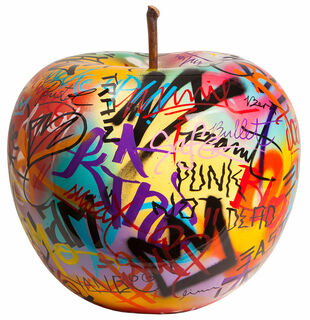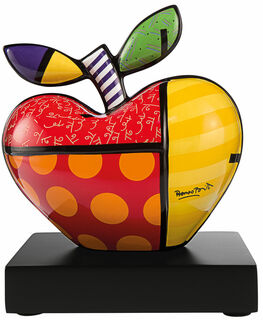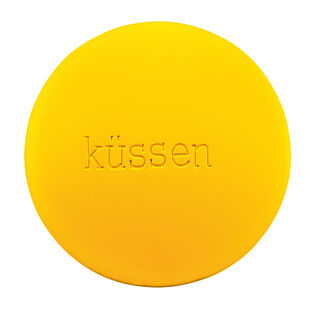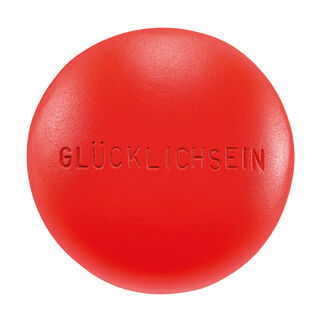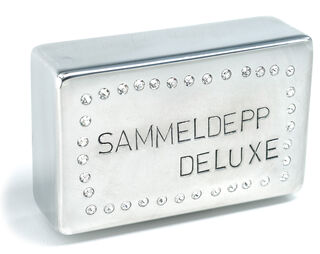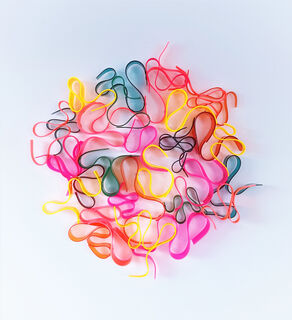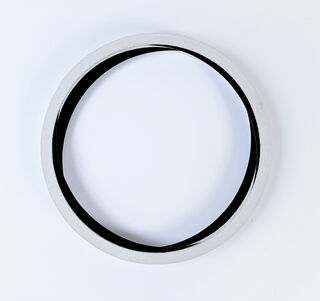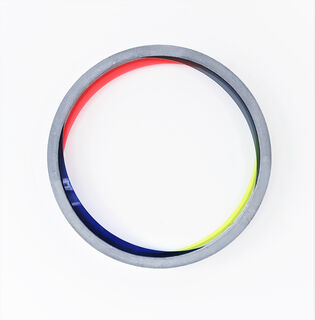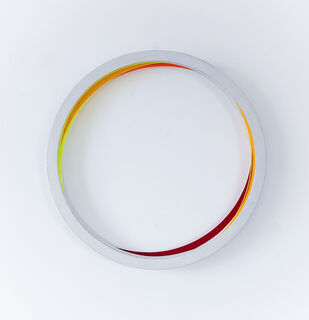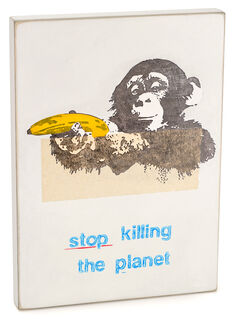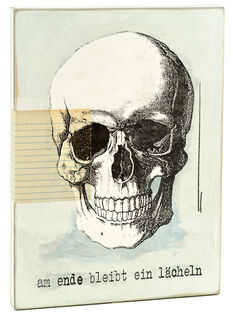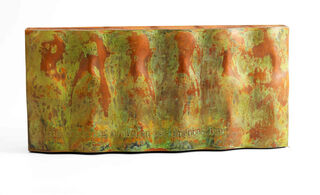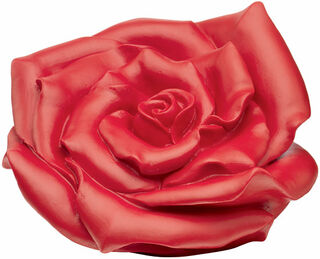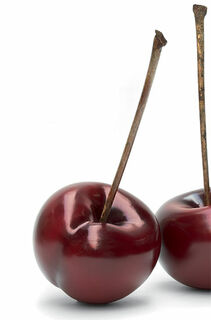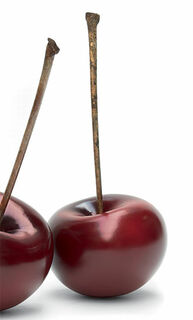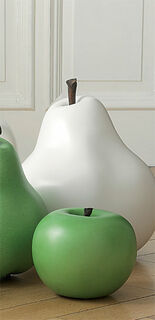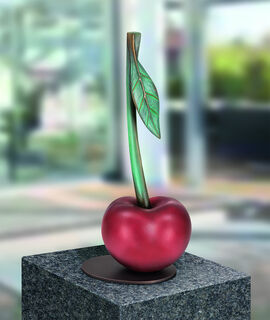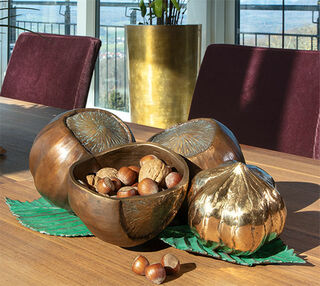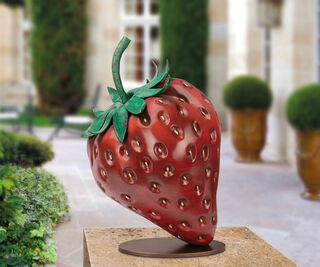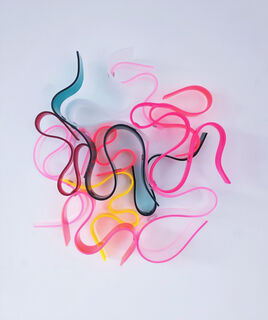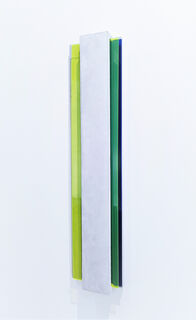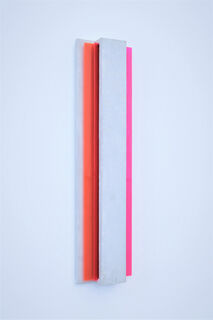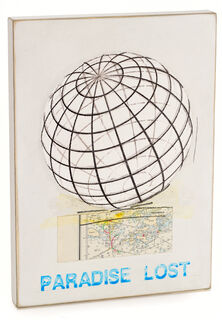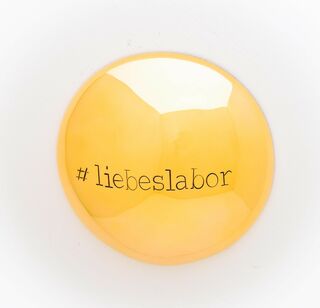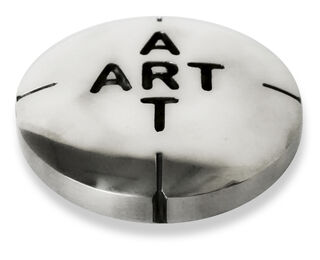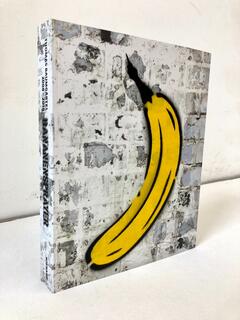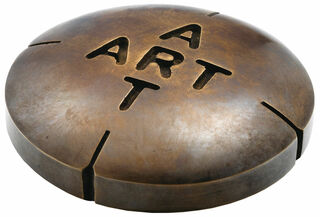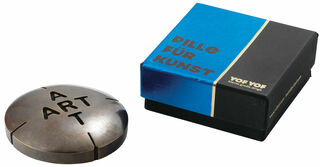Object Art
Object Art - The Art Hidden in Everyday Objects
Whether bicycles, newspapers, chairs, irons, fruit, or tin cans - in object art, objects that surround us in our everyday life are transformed into works of art. The concept is based on taking everyday objects out of their intended or familiar context. They are sometimes more, sometimes less modified, and placed in an unusual or bizarre context. In this way, they gain new meanings and are questioned, but they also challenge our interaction with them and our perceptions. Today's object art has its origins in 20th-century Europe. Collages, assemblages, conceptual art and found objects are considered its forerunners and pioneers. Important object art artists were Marcel Duchamp, Jean Tinguely, Arman, Daniel Spoerri and Claes Oldenburg.
Object Art - Techniques and Related Genres
Object art not only arranges objects in a new context but usually also modifies them. Object art artists often create their works using a crossover of techniques. This dissolves the classical genre boundaries of sculpture, painting, and installation. The objects are, for example, painted, sprayed, scratched, set with precious stones, cut up, re-welded, enhanced with other additional elements, or partially destroyed. With reworking (or not reworking) and presentation in new contexts, object art shares many commonalities with other genres, for example, collages, kinetic sculptures, conceptual art, installation, ready-mades, mobiles, or assemblages.
Buy Object Art at ars mundi
Here, at ars mundi, you can buy object art, in which everyday objects of daily use are transformed into works of art. Even today, many contemporary artists present their original object art ideas. For example, Thomas Judisch and his coffee mugs and sausage cardboards that are cast in bronze, or the German conceptual artist Ottmar Hörl, who turns a stylised rose into an art object. Paul Wunderlich combines a woman's shoe with a man's shoe in one of his objects, and Albert Hien shows short words or phrases with neon tubes in the style of illuminated advertising. Jan M. Petersen also plays with language by engraving words in shiny gold bronze plaques, and Klaus Dupont combines animals or skulls with precious stones and antique designs for his objects.

